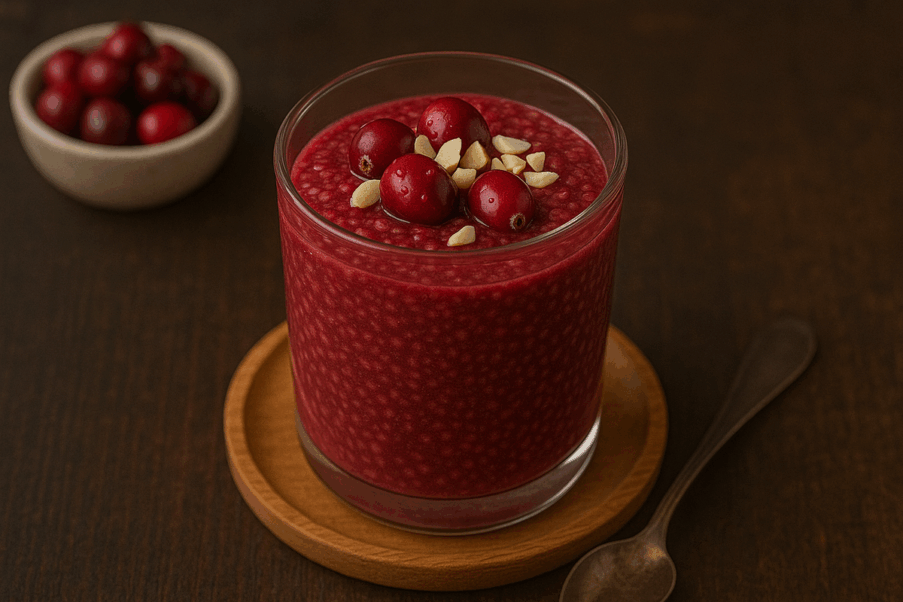a cherry on top
Next month is the start of cherry season, which extends to August. This stone fruit, a relative of apricots, peaches and plums, comes in two species: sweet cherries and sour (also called tart or pie cherries).
Health Benefits. Tart cherries (not sweet cherries) are
a rich source of antioxidants, especially a phytochemical called anthocyanin. Studies have shown that the sour variety reduces inflammation and pain and may offer relief for individuals with autoimmune neurodegenerative conditions and connective-tissue diseases, especially rheumatoid arthritis and diabetes. Tart cherries may also offer protection against some cancers.
Buying. Cherries are usually sold with their stems
attached, which extends their freshness. Choose large, plump cherries and avoid any that are discolored, wrinkled or mushy. Dried cherries are available in most markets,
but steer clear of those that contain added sugars.
Storing. Store cherries unwashed in a breathable
plastic bag inside the fridge. Eat them as quickly as
possible, as their freshness quickly deteriorates.
Using. Remove the stems before serving whole cherries. If using in recipes, remove the pit using
a cherry pitter. Cherries are good in salads, preserves,
pies, and savory dishes that contain pork, lamb or chicken.





